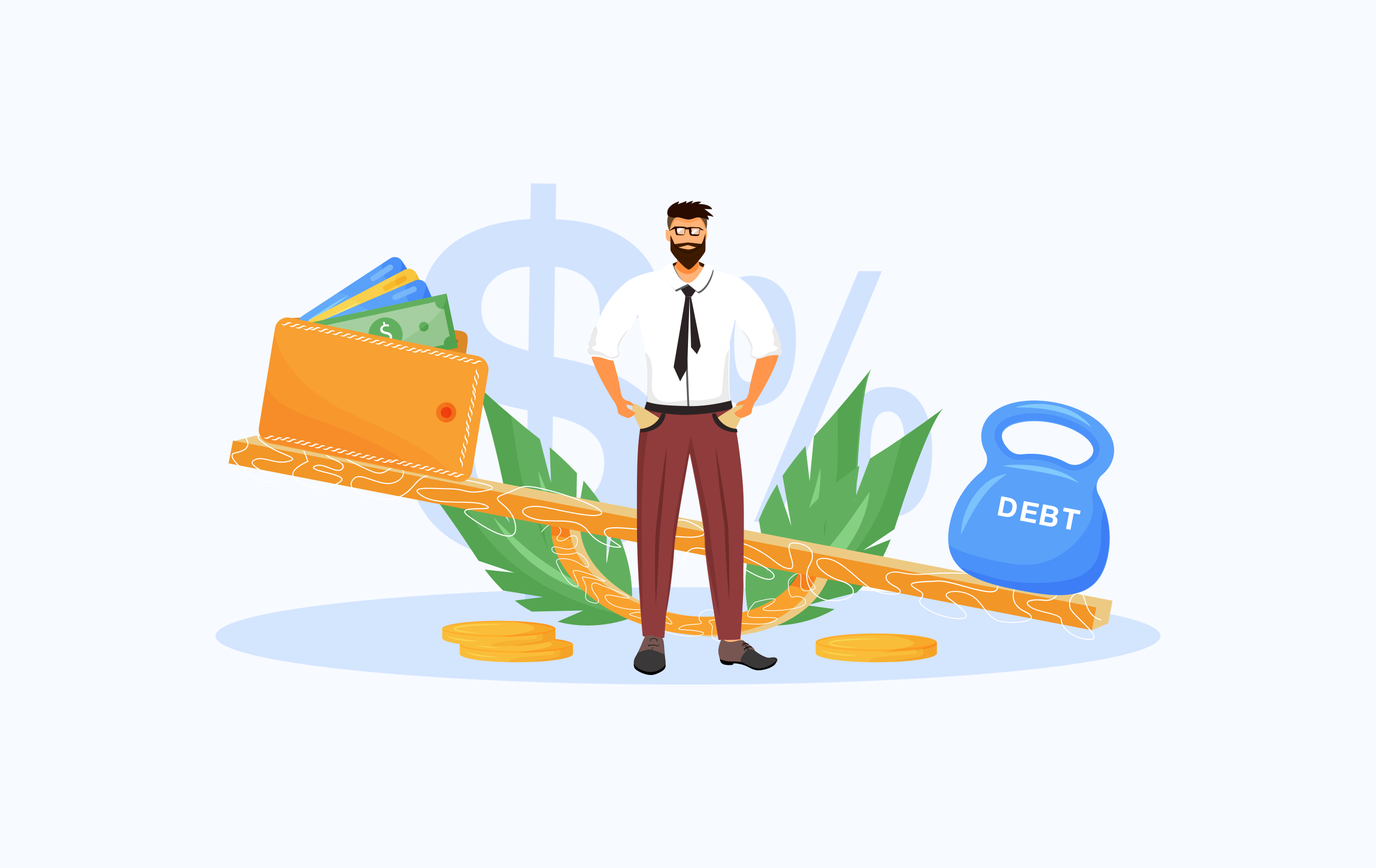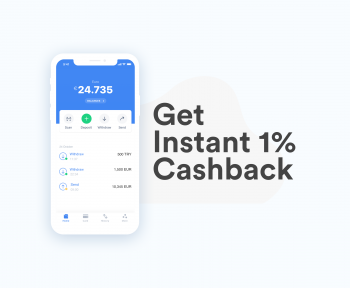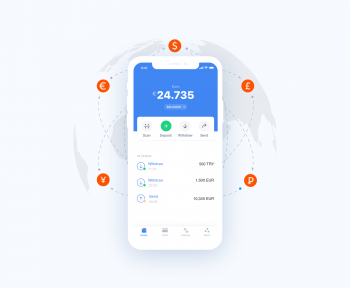It might sound strange, but not all debt is “bad.” Certain types of debt can actually provide opportunities to improve your financial future.
To make smart decisions about if, when, and how much to borrow, you need to understand the difference between “good” and “bad” debt and how to manage it.
What Is The Difference Between Good and Bad Debt?
A simple rule is if it increases your net worth or has future value, it’s good debt.
If it doesn’t do that and you don’t have cash to pay for it, it’s bad debt.
What’s Considered Good Debt?
Good debt is an investment that will grow in value or generate long-term income. Getting a student loan to pay for university or college is a great example of good debt. Student loans typically have a very low interest rate compared to other types of debt. Also, a college education increases your value as an employee and raises your potential future income.
Taking out a mortgage to buy a home is usually considered good debt as well. Like student loans, home mortgages generally have lower interest rates than other debt, plus that interest is tax deductible. Even though mortgages are long-term loans (30 years in many cases), those relatively low monthly payments allow you to keep the rest of your money free for investments and emergencies. The ideal situation would be that your home increases in market value over time, enough to cancel out the interest you’ve paid over that same period.
Another example of a good debt is a low-interest debt.
What’s Considered a Bad Debt?
Bad debts are those that make you loose your money, are not affordable and offer no real prospect of ‘paying for themselves’ in the future.
If you can’t afford to borrow the money (for example, you aren’t sure you’ll be able to make the monthly repayments) it is definitely a bad debt.
A good example for a bad debt is a credit card debt. Credit cards are rarely used to finance anything that will return its cost to you. On top of that, the interest rates are incredibly high – sometimes above 20%, versus the single-digit rates of most other forms of debt. If you don’t pay off your balance in full each month, then the interest payments can quickly get out of hand.
Another bad debt example is the payday loan. A payday loan may seem like the only option in a financial emergency if you have poor credit and no savings. But it can do a LOT more harm than good. People who take payday loans often get locked into an ongoing cycle. One payday loan creates the need for a second, which creates the need for a third, and so on.



